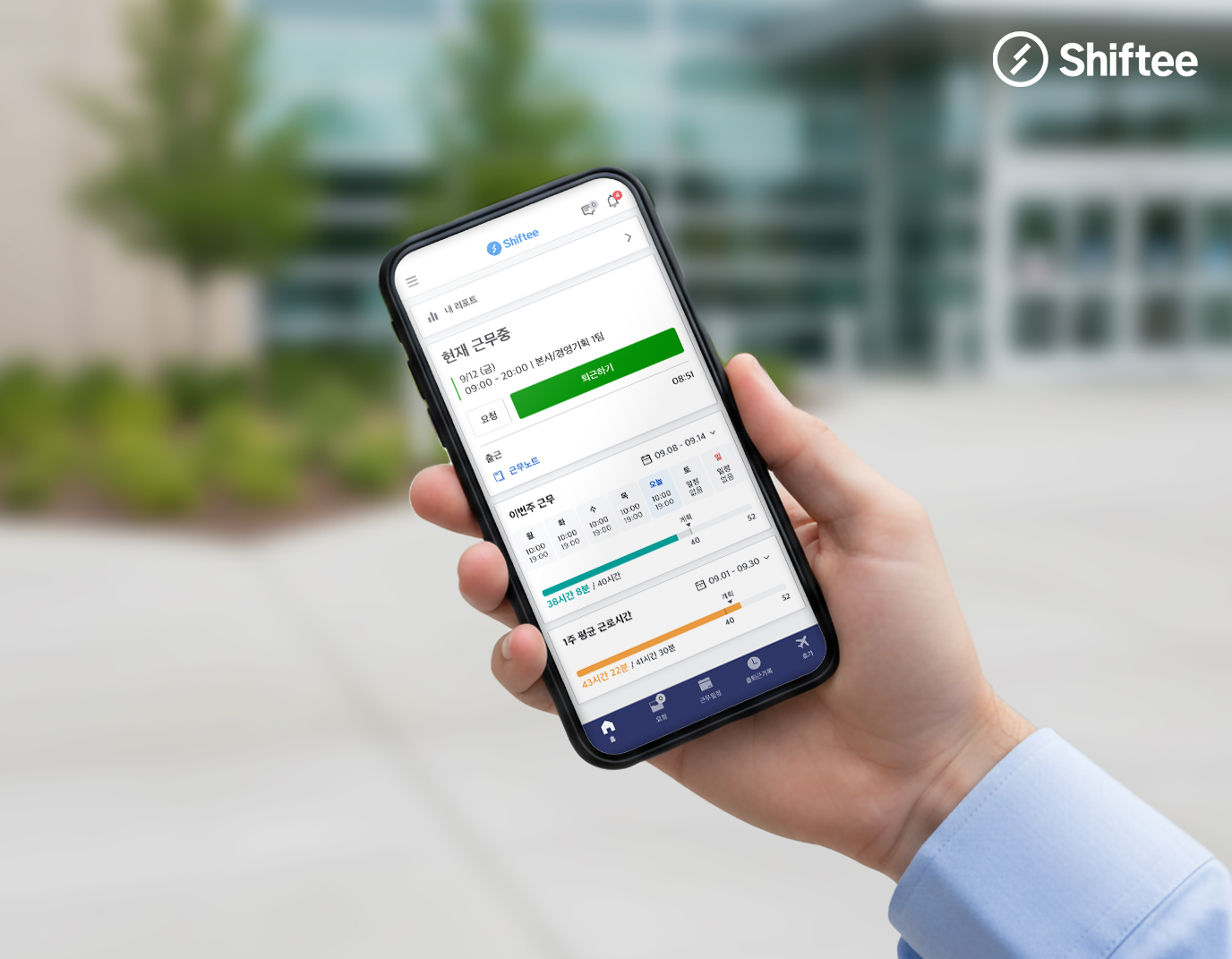[CEO Column] After Two Years of Adjustment, the Era of Hybrid Workplaces Arrives in 2022
2022-01-06

“Hybrid Work Model Combining Office and Remote Work Set to Become the New Normal”
The prolonged COVID-19 pandemic has brought significant changes to our daily lives. One of the most notable shifts has been the transformation of traditionally rigid corporate work environments into more flexible arrangements, such as remote and telecommuting options. Even companies historically resistant to change have been forced to adapt.
Shiftee’s analysis of workplace data shows a sharp increase in remote work adoption since the initial outbreak in February 2020, with the proportion of employees shifting to remote or telecommuting arrangements more than tripling from the previous month. While this figure temporarily declined as case numbers stabilized, it surged again in December 2020 when the pandemic worsened. Throughout 2021, remote and telecommuting rates remained steady, with a dramatic spike in July following the spread of the Delta variant and the subsequent tightening of social distancing measures.
A survey conducted in March 2021 by the Korea Employers Federation (KEF) found that 88.4% of the top 100 companies in Korea had implemented remote work. The trend was no different overseas—Apple and Microsoft postponed their office return plans, while Google indefinitely delayed its return-to-office schedule. Twitter went a step further, granting employees full autonomy over their remote work arrangements.
Over the past two years, businesses have come to accept remote and telecommuting as the new norm. Amid the uncertainty of the pandemic, remote work was the safest option for employee well-being. Additionally, it provided tangible benefits, such as eliminating commute times and allowing for greater flexibility in work hours. However, it was not without its challenges—compared to in-person collaboration, remote work made real-time communication more difficult and, in some cases, led to decreased productivity. Companies also had to invest in secure IT infrastructure, as well as software solutions to track employee work hours and manage remote teams effectively.
What's next in 2022? Most companies will likely seek a middle ground between remote work and returning to the office. While the future course of the pandemic remains uncertain, companies will continue to alternate between in-office and remote work arrangements until the pandemic is officially declared over. In effect, a hybrid work model—where employees split their time between working remotely and working from the office—is expected to become the new normal.
This hybrid work model not only improves operational efficiency but also enhances employee satisfaction, increasing the likelihood that it will remain a standard workplace trend even after the pandemic ends. Companies must actively prepare for a smooth transition to a hybrid work model by making full use of shared office spaces, establishing satellite offices, adopting collaboration and productivity tools, and implementing workforce management software to support various work arrangements.
Create a Flexible Hybrid Work Environment with Shiftee
When citing the content, be sure to indicate the source according to copyright law.





